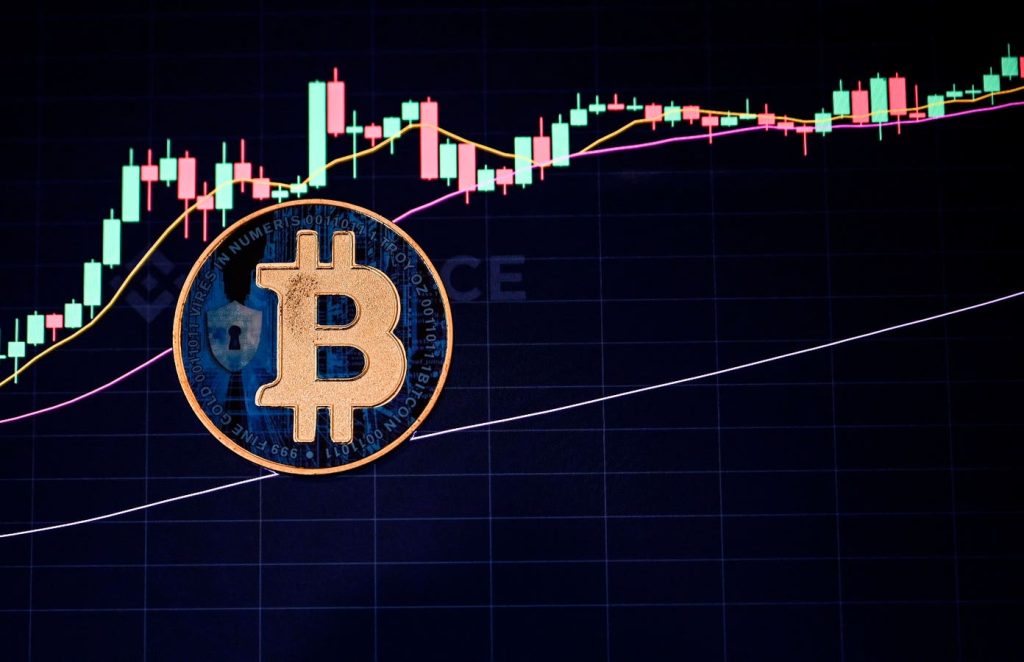Bitcoin Continues to have strong market capitalization (Photo by Ozan KOSE / AFP)
AFP via Getty Images
Bitcoin has once again made headlines. I’m currently attending the Bitcoin Vegas 2025 conference, where the atmosphere is electric. With over 30,000 participants, notable speakers like Michael Saylor and Vice President JD Vance are discussing Bitcoin’s impressive growth and future possibilities. But what is the essence of Bitcoin, why is this achievement noteworthy, and what does it mean for individuals like you?
Understanding Bitcoin
Bitcoin is a decentralized digital currency that was launched in 2009 by the anonymous Satoshi Nakamoto. Unlike conventional fiat currencies, such as the U.S. dollar or Euro, Bitcoin is built on blockchain technology—a decentralized ledger maintained by countless computers worldwide. This framework guarantees transparency and security, free from centralized control, positioning Bitcoin as a desirable asset and a digital equivalent of gold.
Recently, the Bitcoin Pizza day highlighted that two pizzas bought for 10,000 bitcoins at the start of Bitcoin’s journey would now have a staggering value of $1,115,411,643!
Bitcoin’s Recent Surge: Analyzing the Data
As of May 26, 2025, Bitcoin (BTC) trades at around $108,949, boasting a market capitalization of approximately $2.165 trillion. This positions Bitcoin as the fifth-largest asset globally, surpassing both Amazon and Alphabet (Google).
At present, Bitcoin is outpaced in market capitalization only by Apple, Microsoft, Nvidia, and Gold. These comparisons emphasize Bitcoin’s increasing economic significance, showcasing its transition from a speculative novelty to a recognized asset class.
What Drives Bitcoin’s Price Increase?
Several factors are contributing to Bitcoin’s current surge:
- Institutional Adoption: Growing support from institutional powerhouses, such as BlackRock’s Bitcoin ETF approval, and notable investments by companies like Tesla have significantly boosted confidence in Bitcoin.
- Regulatory Clarity: Recent advancements by the SEC and other regulatory bodies towards clearer frameworks for digital assets have alleviated market uncertainties, attracting cautious investors.
- Macroeconomic Factors: With rising inflation and ongoing geopolitical turmoil, Bitcoin’s narrative as “digital gold” is gaining traction as a protective asset against economic instability.
- Bitcoin Halving: The inherent scarcity of Bitcoin, capped at 21 million coins, supports its long-term price growth. The approaching Bitcoin halving event in 2024, which will reduce new coin production, further enhances this scarcity.
Implications of Bitcoin’s Success for Individuals
For investors, Bitcoin’s ascent is noteworthy. Historically overlooked by traditional investors, it is now being recognized as a valuable asset, offering significant potential returns but with substantial risks. As Bitcoin gains institutional traction, its inclusion in diversified portfolios—ranging from 1% to 5% allocations—is becoming more common. Financial experts recommend viewing Bitcoin as a high-risk, high-reward asset, necessitating careful risk management.
Bitcoin’s recent peak symbolizes broader acceptance of cryptocurrencies in traditional finance. Financial institutions—from banks to payment platforms like PayPal and Visa—are increasingly incorporating Bitcoin into their services, highlighting a shift towards mainstream financial products. Companies that neglect blockchain technology may miss opportunities for innovation as digital assets gain prominence.



